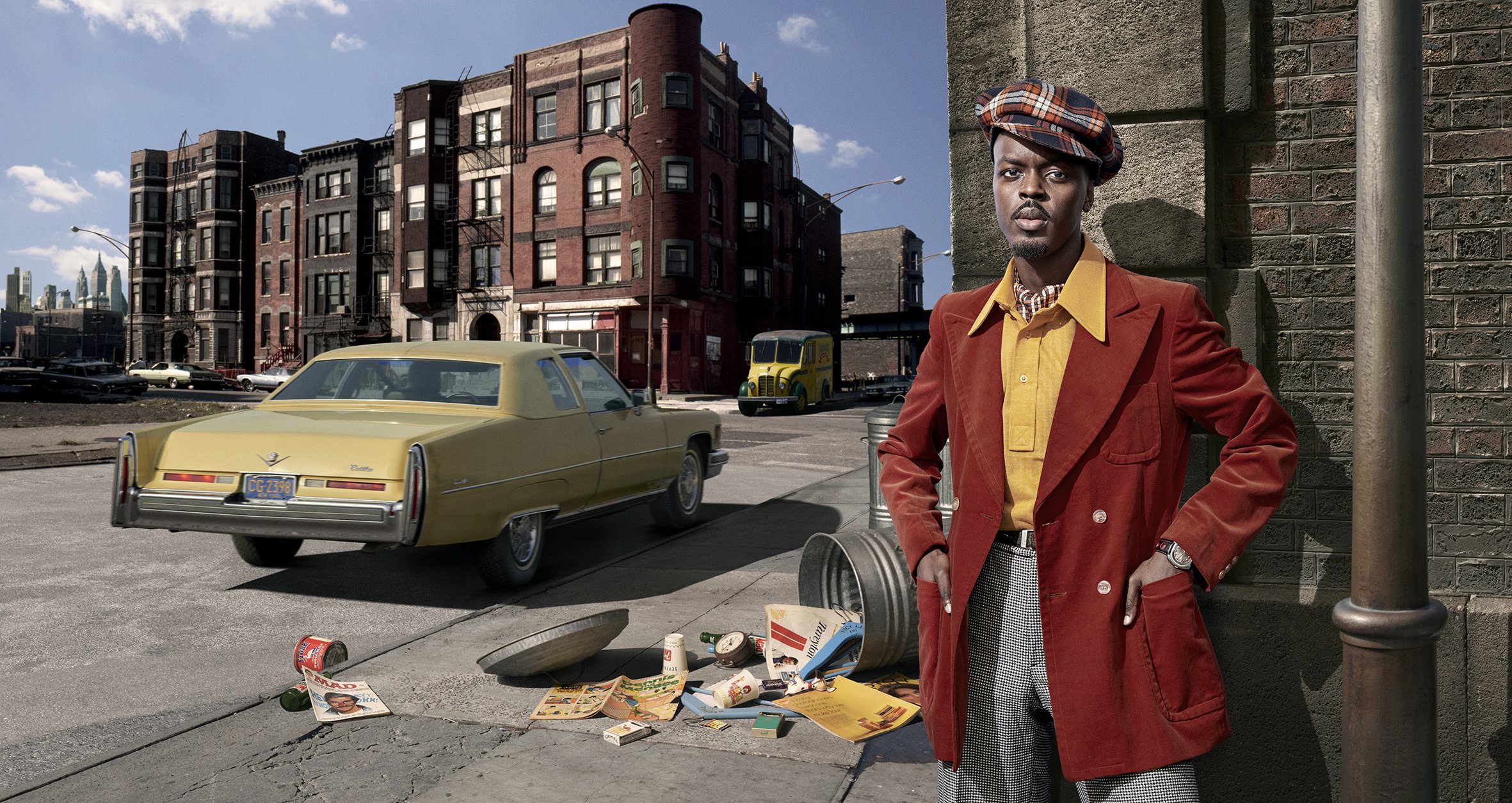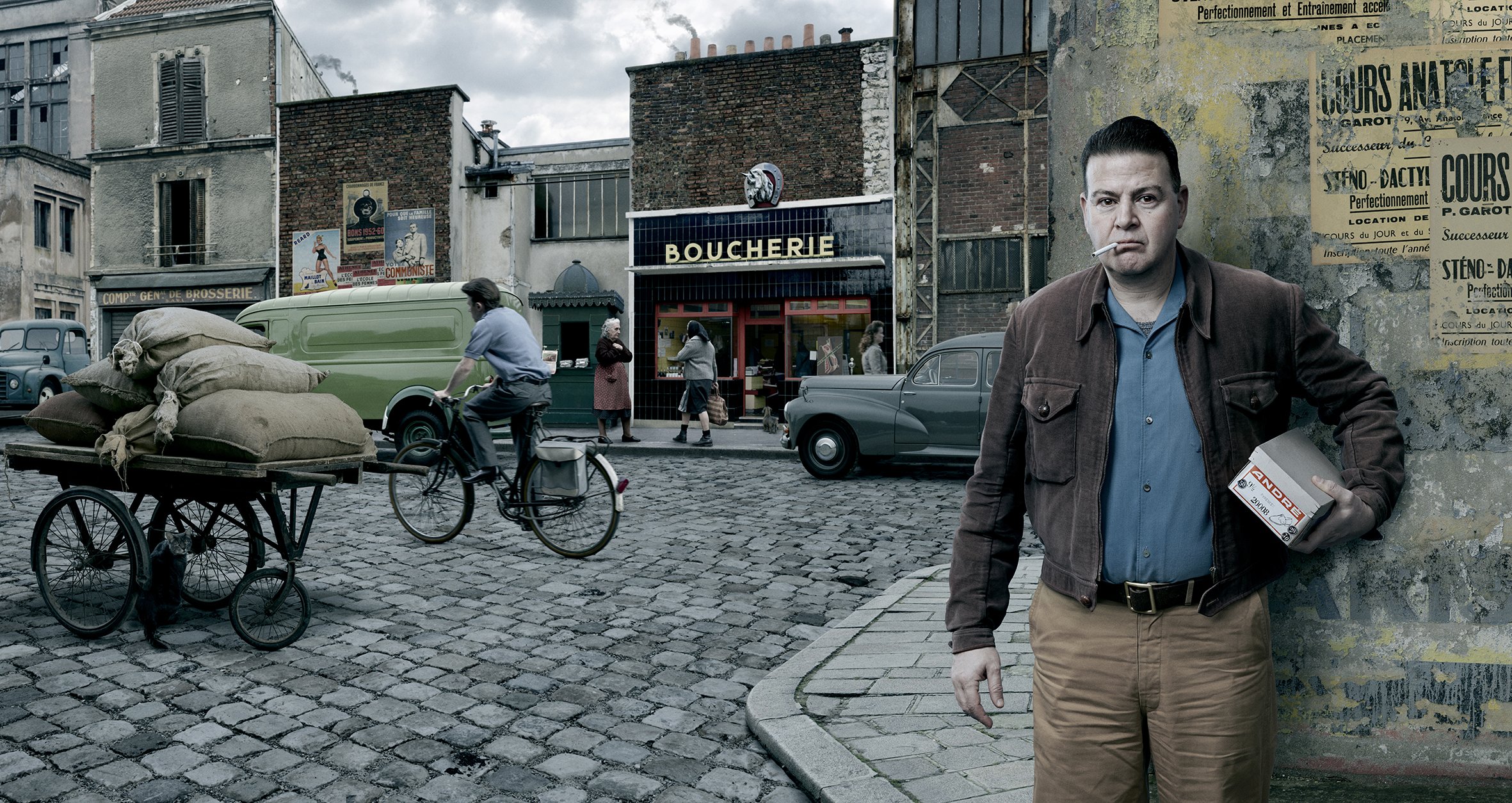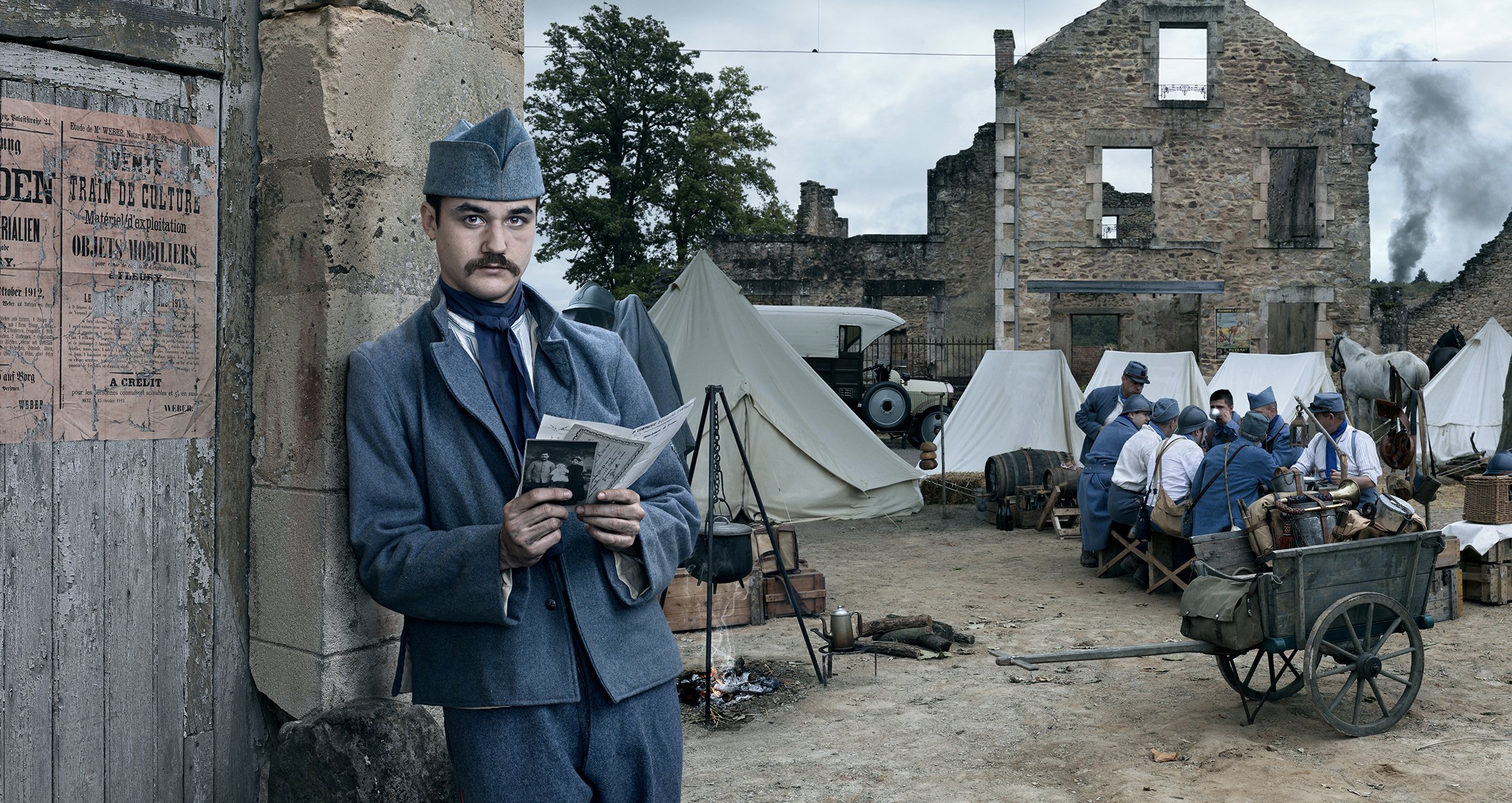STORIES by Blaise Arnold
Henri Trémeau
Having grown up as a grandchild of Bistrot owners, Blaise Arnold – a talented Parisian photographer – immortalized the French bistros that blue-collar workers once frequented for their affordable drinks and food, and also served as convivial meeting places in the early morning hours, in his melancholic series "Red Lights". Today, bistros have evolved into brasseries and tea salons to accommodate different clientele and have become too expensive for the working class. Arnold took his photographs at the crack of dawn, capturing these establishments against a still-dark sky as their red neon lights splashed across the streets. His photographs serve as a sentimental ode to the last of Paris’s bistros, which are still standing despite the cultural changes in the city of light.
Blaise Arnold, a photographer with over 35 years of experience in both the advertising and magazine industries, started the "Stories" series after the "Red Lights" series. In his studio, using his Hasselblad camera, he recreates scenes from the streets of Paris, London, and New York from the 20th century. He has been doing this for for more than ten years, creating large frescoes that depict obsolete clothes, vintage cars, forgotten professions, and vanished businesses. These images manage to convey the feeling of a whole film. He arranges his photos in a strict manner to unveil hidden stories of characters during various historical moments. When I discovered this series, I was impressed and asked Arnold about it. He kindly explained it to me.
After taking pictures of old bistros, I thought I would have liked to take photographs of those who frequented the space during the 1950s and 1960s. I searched for locations in the Paris suburbs that had remained unchanged and photographed everything I could find: old buildings, lampposts, cobbled streets, vintage stores, walls adorned with old advertisements, and so on. I also attended classic car meetings and took numerous photos of cars. I collected whatever was disappearing, as it was happening rapidly.
Next, I started working with Photoshop to create a typical, logical, and aesthetically pleasing street scene that would resemble the '50s and '60s. After that, I photographed the foreground character in the studio, dressed in clothes that I bought from flea markets and garage sales.
Once the first image was complete, I continued to work on my project. At times, I used a photo of the Library of Congress as a street base for specific "American" images, which I then modified by adding cars, lampposts, and other elements.
Each image was a small challenge that took several months, or even years, to complete. Sometimes, I was missing the right car, person, or proper clothing/accessories. I work as a painter and finding the decor is the most challenging part of my job. I search for places that interest me with their unique architecture, whether it's old-fashioned or symbolic. After finding such a place, I try to imagine who lives in that setting. However, sometimes it goes the other way around. I may start from a newspaper and wonder what kind of person reads it, what social class they belong to, and what kind of car they drive. Other times, I may see someone on the street and feel inspired to work with them. There are no fixed rules; it's like pulling a thread, and things just come to me.
For example, It took me three years to complete my photo of the World War I pilot (Henri Trémeau). At first, I made an assembly without the pilot and showed it to a friend. He told me that the planes didn't look good and recommended a specialist in the aviation of the First World War. The specialist told me that the planes didn't look accurate for a photo from 1917 and recommended two planes. Finding these planes wasn't easy as I had to convince a club of airplane collectors to allow me to photograph them on the ground and in flight. This took a year. After that, I had to find a suit, of which there were only two in France. I contacted the first collector, and he agreed to lend it to me, but only after six months as he didn't live in Paris. However, in the end, he didn't come. The second collector agreed and lent me the suit for a day. Overall, it took a little over 18 months of phone calls, negotiations and contacts to complete this quest. In the end, I found the quest to be just as interesting as the shooting itself. And it's pretty much the same for each of the images: if it's not a plane, it's a car, a pair of roller skates or a dress.
My favorite aspect of this work is capturing images of people and objects with a particular aesthetic allure. I have a particular fondness for the fashion and automobiles of the past, which is likely due to my love for vintage cinema and period dramas.
My work is heavily influenced by various art forms, including music, photography, comics, painting, and cinema. These references are often present in my work, both consciously and unconsciously.
When directing a photoshoot, I prioritize capturing the subject's emotions and conveying a particular feeling to the viewer. Whether it's sadness, determination, pride, or fear, I believe that emotions are essential in telling a story.
I have 300,000 images of objects, places, etc. that are used to make my photomontages, and I use 20/25 of them to make a single final image. Here's a selection of these final images:
Joyce Hartwood
Ida Jakubowicz & Marcel Jakubowicz
le clown Youpi
John McKenzie
William H. Parker
Victor Castelli & Rose Husson
Stewart Kurchin & Howard Blaymires




















